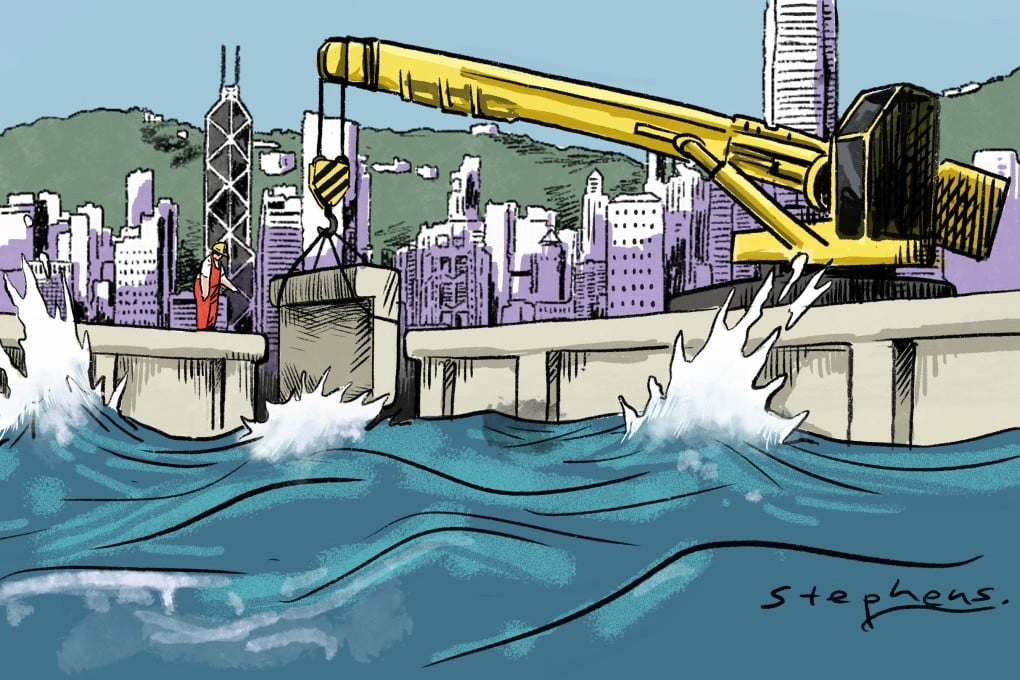Opinion | Lantau artificial islands? Hong Kong’s money is better spent on climate resilience as sea levels rise
- Building artificial islands drains the resources needed to cope with climate change while creating new disaster risks and exposing more human lives and properties to rising sea levels and typhoons

Since UN members adopted the Hyogo Framework for Action 2005-2015, the global focus has shifted from post-disaster rescue to preventing new risks, reducing existing risks and strengthening resilience – through cost-effective investments to prevent social, economic and environmental losses.
In repeatedly highlighting the need to avoid creating new risks, the successor Sendai Framework for Disaster Risk Reduction 2015-2030 further recognises climate change and rapid urbanisation as the key drivers of disaster risk, notably the heightened risks of a rise in the sea level and more frequent and severe typhoons.
The Sendai framework emphasises taking a risk-informed approach to development and infrastructure planning – and artificial islands require development and infrastructure planning on a mega scale. Assessing disaster risk means identifying hazards and their probability, the exposure of lives and assets to the hazards, and the various systems’ vulnerability or capacity to cope with the hazards.
Unfortunately, in the rush for urban development, disaster risk reduction often takes a back seat.


